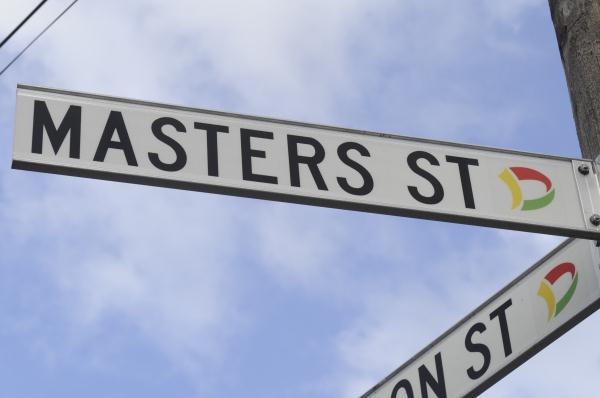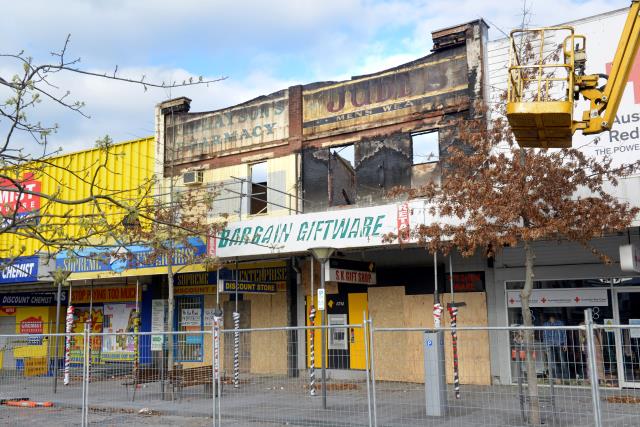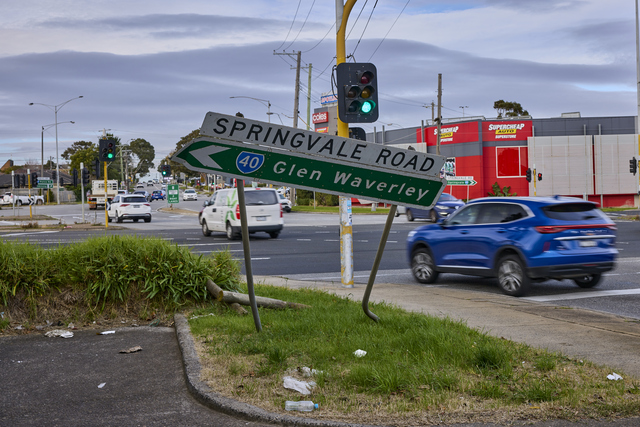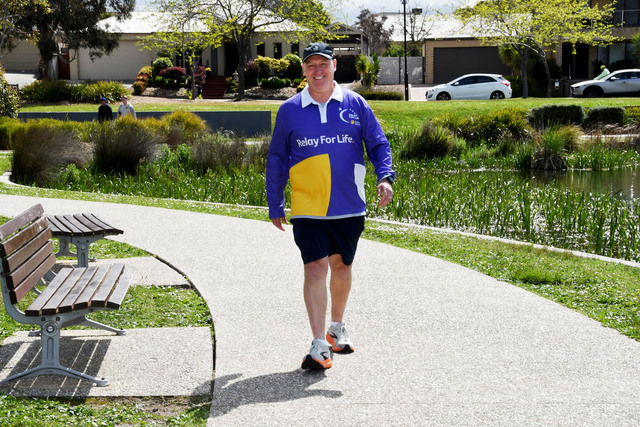What’s In A Name delves into the fascinating stories and personalities behind some of the city’s best known street names.
This week the Journal looks at central Dandenong’s Masters Street which was named after the ancestors of Dandenong and District Historical Society treasurer Ken Masters.
THE first family of Masters to arrive in Dandenong were William and Catherine Masters who migrated from Cadbury in Somerset, England, in 1853.
By 1860 William Masters had set himself up as a wheelwright and general blacksmith.
The couple had three sons, William Junior born in 1853, James born in 1954 and Henry born in 1858.
Henry later married Caroline and worked a small farmlet at 184 Foster Streeet, which became known as Masters Paddock.
The couple had one son and five daughters.
The farm consisted of a neat weatherboard cottage with an outdoor laundry and numerous farm buildings and structures such as a saddle room, cow bails and caff cutting room.
The property was taken over to become the local golf course and also as part of a track for horse racing when required.
Henry and Catherine lived on the property until the 1950s.
After their deaths the property was sold and the rear acreage adjoining Power Street was subdivided for housing.
The subdivision comprised 25 residential blocks and linked Wilston Street and Power Street, hence the new street was named Masters Street.
The Foster Street frontage of the farmlet is now where the Houlihan Centre is located. Part of the land was given to the state school and became a sports field.
Street numbers
BERYL Taylor who lives in Firth Avenue, Dandenong, wrote to the Journal wanting to know why First Avenue, Second Avenue and Third Avenue are located in Dandenong North, while Fifith Avenue, Sixth Avenue and Seventh Avenue are located in Dandenong West and why there is no Fourth Avenue anywhere in Dandenong.
Well Beryl, according to the City of Greater Dandenong First, Second, Third and Fourth Avenues in Dandenong North were subdivided in 1928.
It seems that Fourth Avenue was probably later realigned and changed name to Rhoden Court.
This is a separate subdivision, separate subdivider and separate postal district to other subdivisions in Dandenong.
Heatherton Road is the boundary between the two postal districts/suburbs.
The land on Fifth, Sixth and Seventh Avenues were subdivided at different times and most probably by different owners.
Want to know the history behind a street name in Greater Dandenong? Let us know and we’ll find out! Email journal@starnewsgroup.com.au








